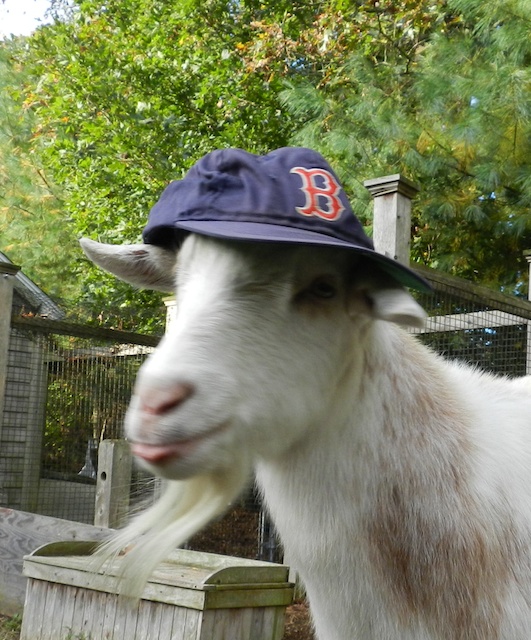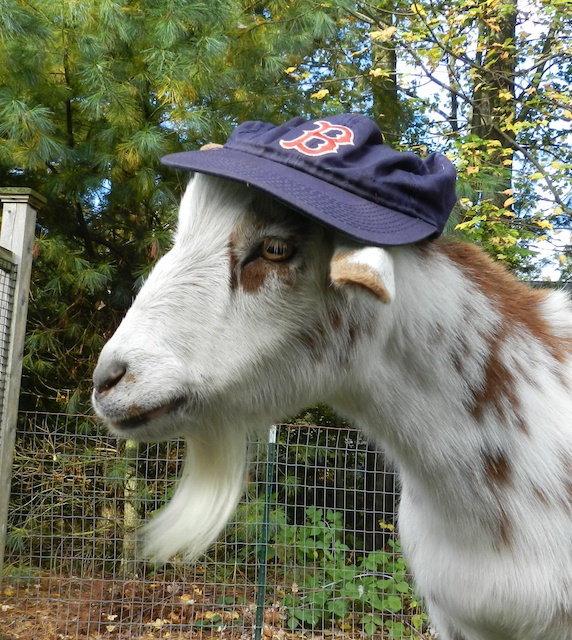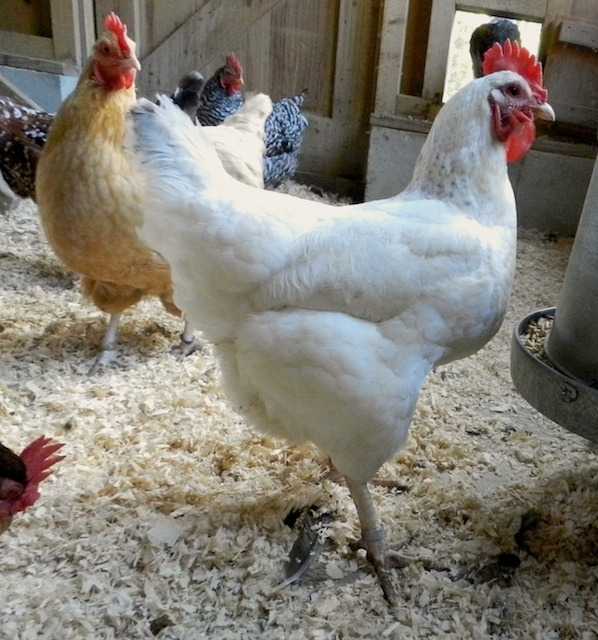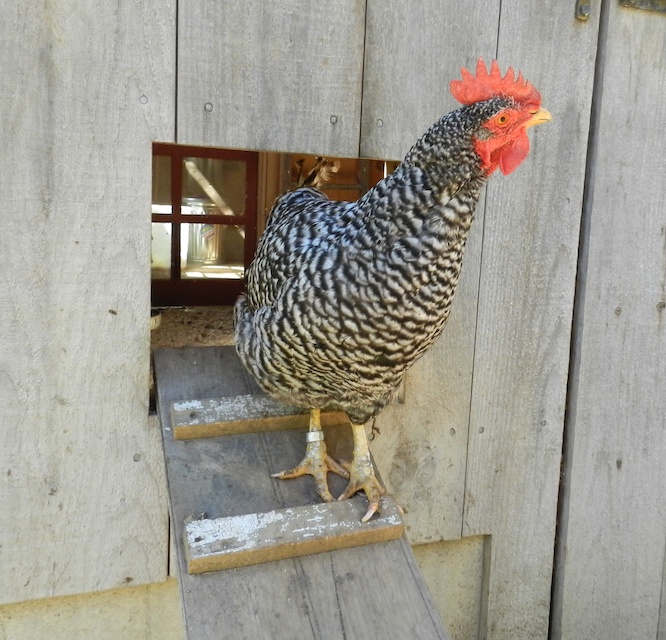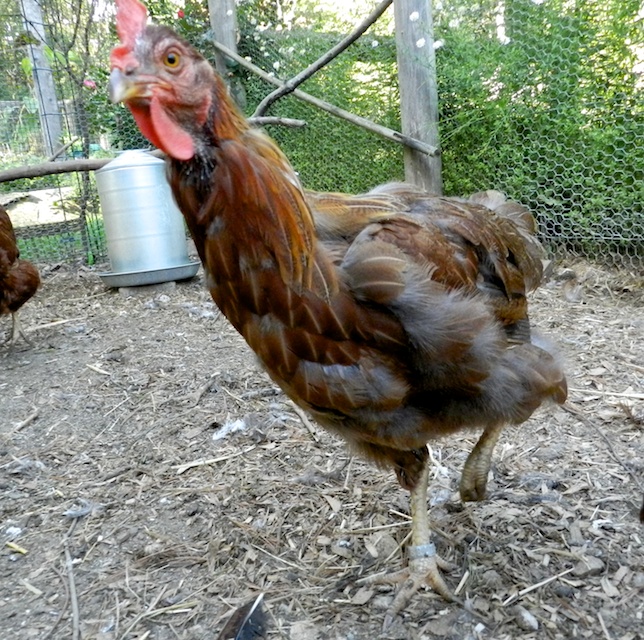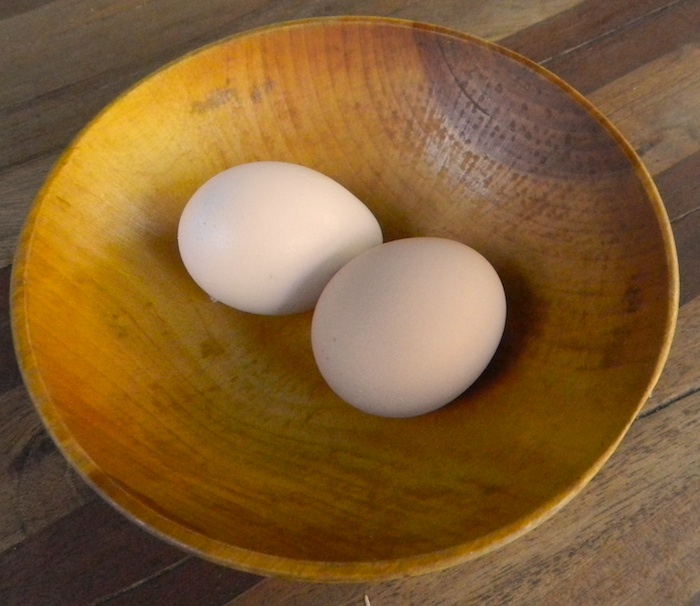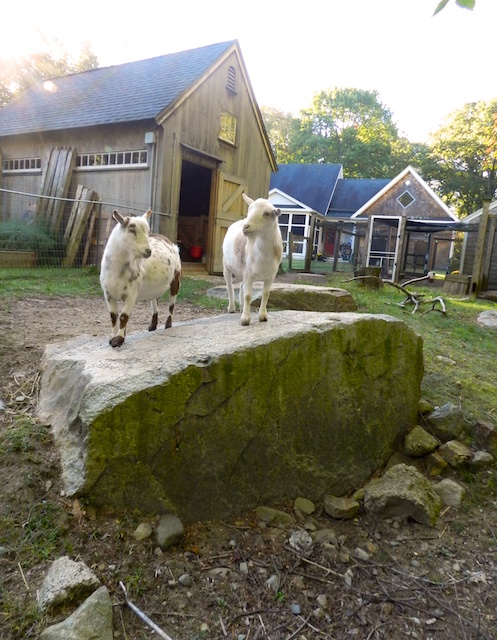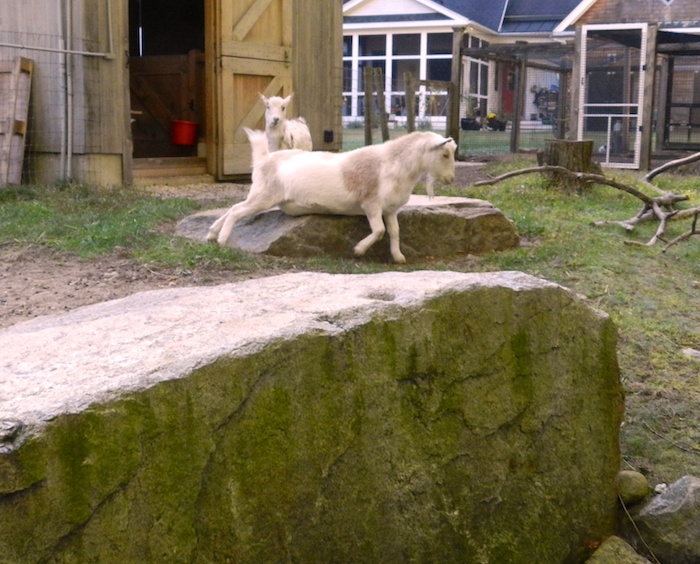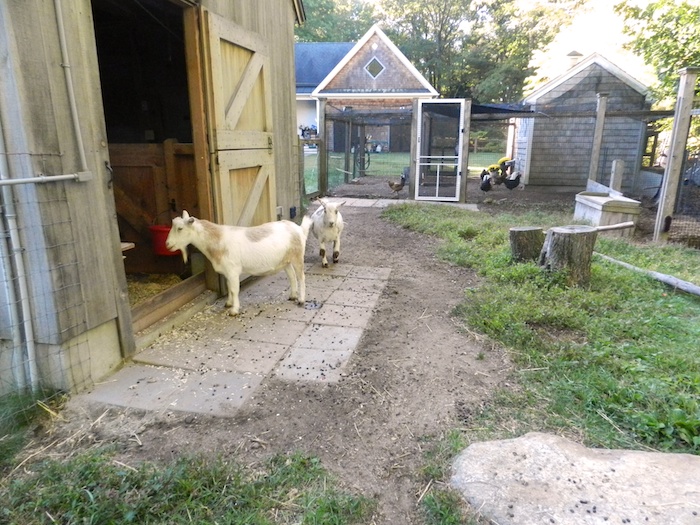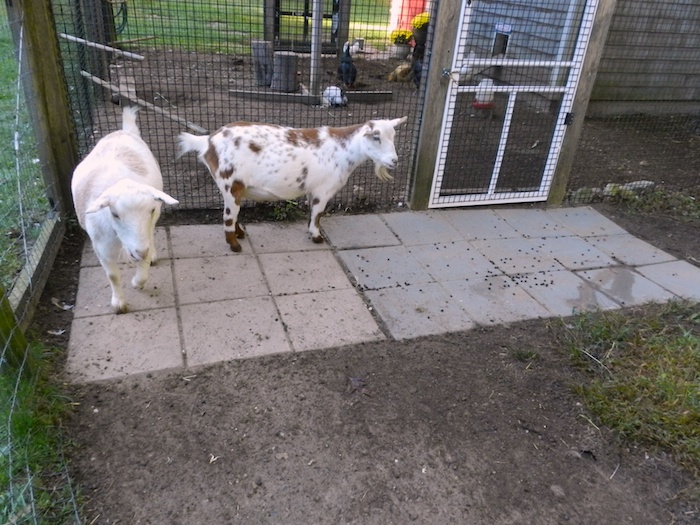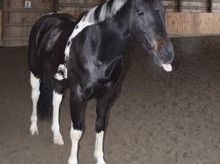Yesterday I put the one and only pumpkin that I was able to grow this year into the Gem’s pen. They know all about pumpkins and went right for it. Today, all that’s left is a shell.

Pumpkins are the perfect treat for your hens. Pumpkin is filling but not fattening and is consumed over the course of the day, not in a fit of gluttony. Pumpkins contain good nutrients, including carotene, which will go right through to the yolk, and which will be good for me, too. My scrambled eggs at breakfast will be bright orange this week. Also, there’s some evidence that pumpkin seeds help to control a chicken’s internal parasites. Even if all of those good things weren’t in the pumpkins, I’d provide one to my flock because it keeps them busy and out out of trouble.
It wasn’t right that the Gems should enjoy pumpkin season and not the hens in the Little Barn. It was time to treat the Literary Ladies. So, as much as I like to rely on my own garden for treats for the hens (and there are plenty of weeds around to feed them) I went out and bought a pumpkin for the Ladies.
You could simply put a whole pumpkin in with your flock, but it’s best to get a hole started. I used an apple corer to poke three holes into the shell. (Or, you can fancy it up, see this post.)
When you first set a pumpkin down, the hens might be wary.

Not to worry, because soon they’ll have it figured out and will start pecking.

Within the first five minutes, all approached to jab at the holes.
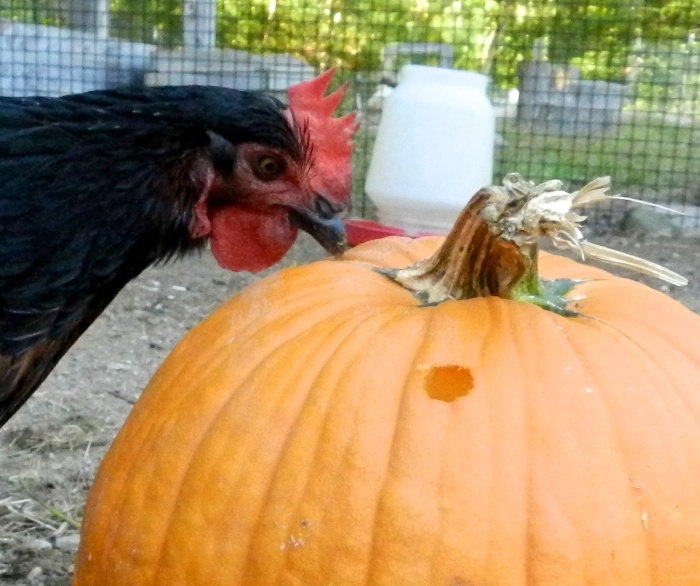
Of course, there’s always one in a bunch who would rather look at a camera lens.
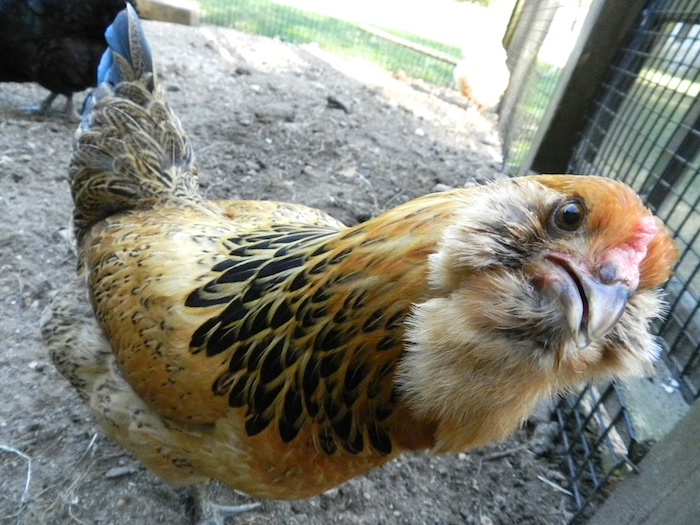
Phoebe hopped by with nary a glance. She then glared from her favorite corner at all of the hubbub going on around the pumpkin. She feigned disinterest, but she’ll be gnawing at it tonight while the hens are settling onto their roosts.

It is thanks to the generosity of a few HenCam readers that I purchased five big fat pumpkins today for the flock. I put up the Treat the Hens button and they responded! I would have the animals that I do without my viewers, and the critters would be treated as well as they are now. However, I wouldn’t be able to put the time and the resources into HenCam that I do without your contributions. Your support allows me buy a pumpkin, sit with the hens, and tell you about it. There are posts that take me all morning to write. I am very grateful to be able to do that and to share my world with you. At the rate the Gems are going through pumpkins, I’ll need another eight just for them. Please considering sponsoring a pumpkin. Thanks!

